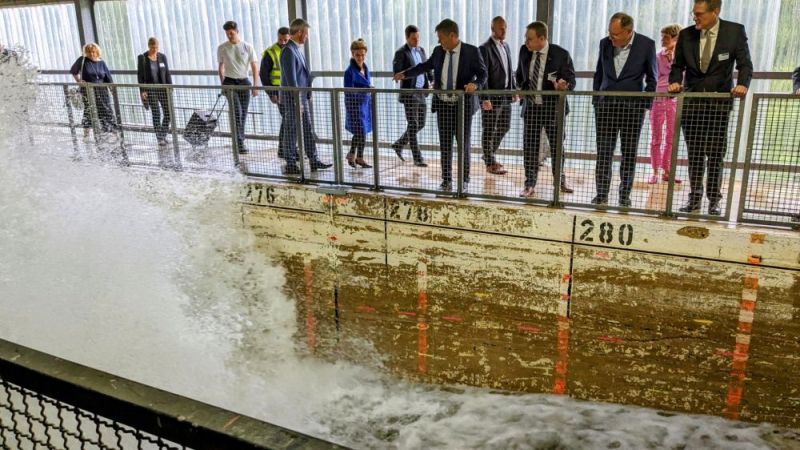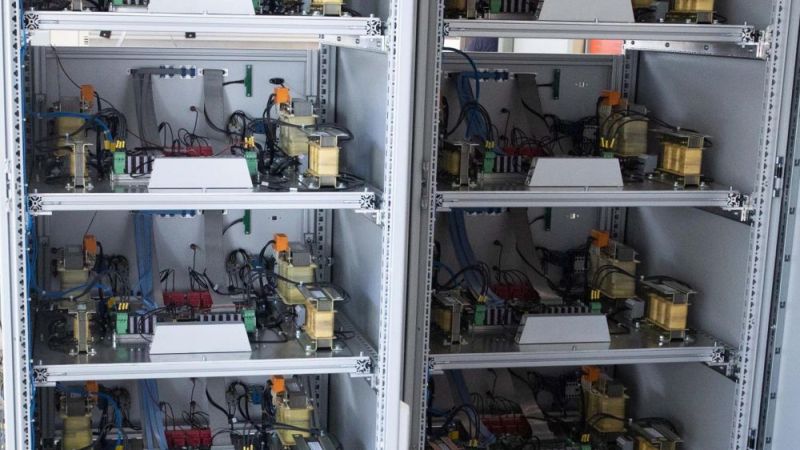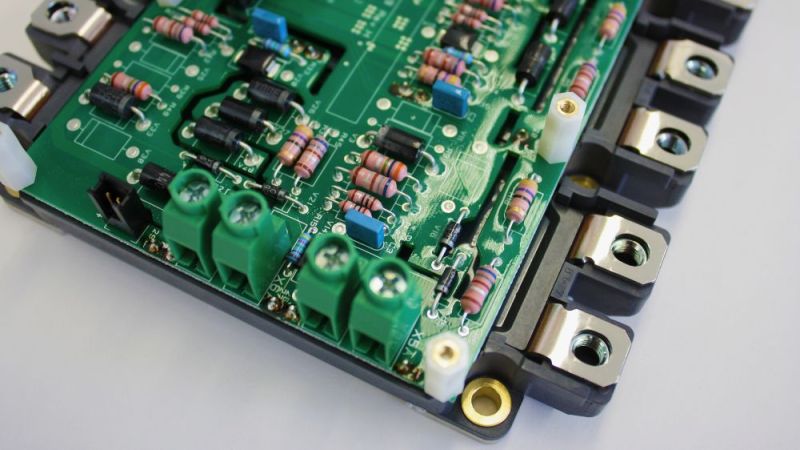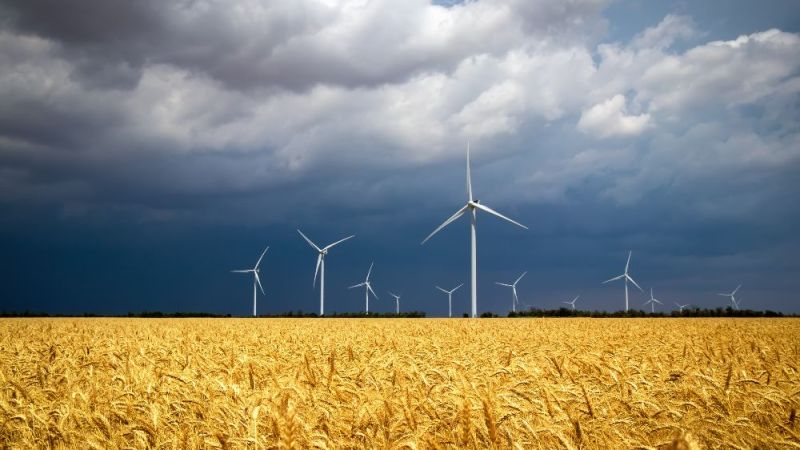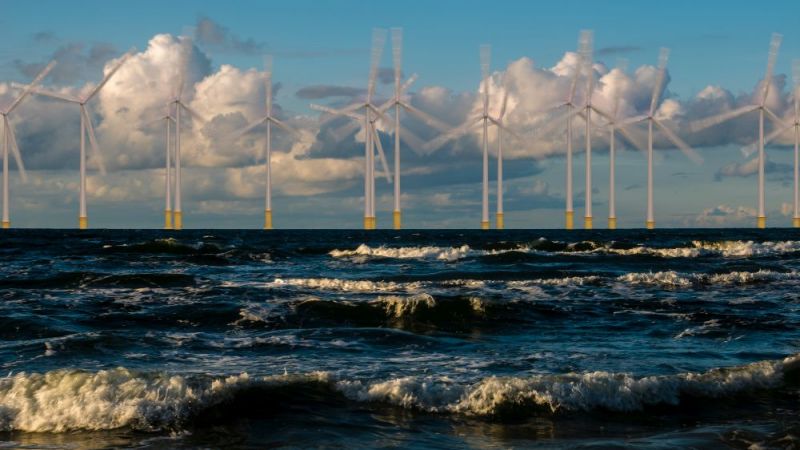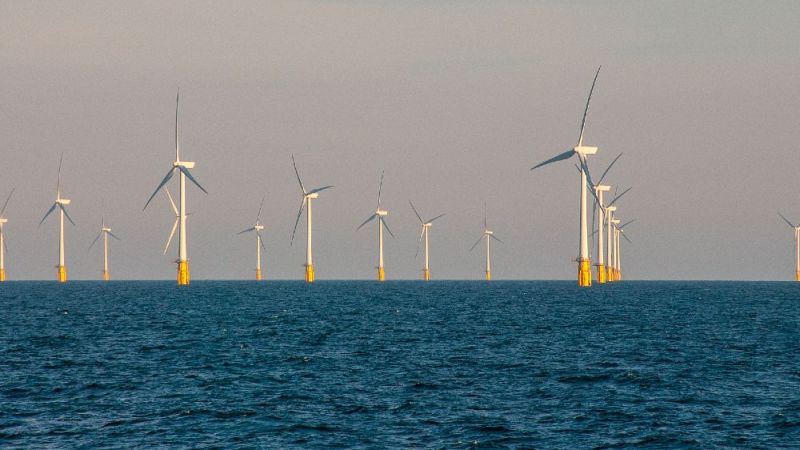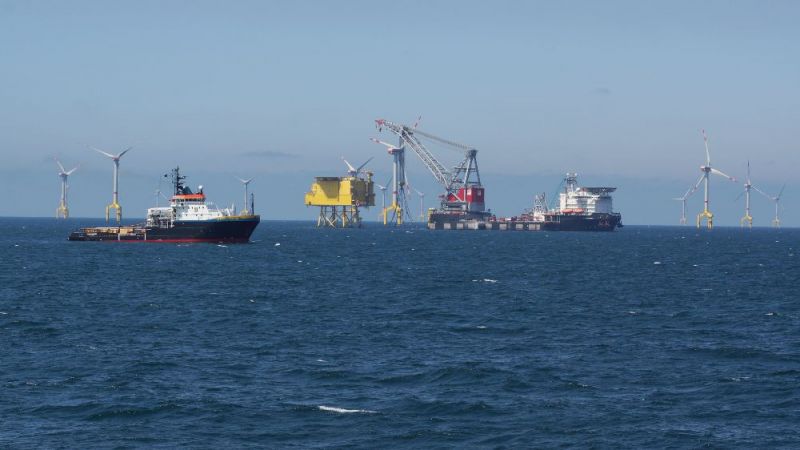Wind power
Offshore wind farms dismantling and recycling
Wind turbines at sea must be replaced or dismantled after about 20 to 25 years.
Offshore wind farms contribute more and more to power generation in Germany. Even though this is a relatively young industrial sector: Just like their onshore counterparts, wind turbines at sea are "worn out" after 20 to 25 years. Then they must be replaced or dismantled. There are hardly any empirical values in this regard. This is why scientists in the SeeOff research project focus comprehensively on the complex issue of dismantling.
With offshore wind turbines, the challenge starts with the location. "The dismantling of wind turbines on land already poses a challenge for the plant operators. With offshore wind farms in the North and Baltic Seas, work on the high seas as well as ship and port logistics pose additional challenges," explains Silke Eckardt. The professor, who heads the Master's programme "Sustainable Energy and Environmental Systems" at Bremen University of Applied Sciences, is project manager of the research project "Strategy Development for the Efficient Decommissioning of Offshore Wind Farms - SeeOff". Together with partners from the wind power and waste management industry, she and her team of scientists work on the many facets of decommissioning: from legal requirements to dismantling and logistics alternatives, to the necessary recycling facilities at the port.
Legal requirements: from waste issues to environmental requirements and customs regulations
Over the past few months, an initial list of requirements comprising around 60 pages has been drawn up. One of the topics addressed was the international and national legal framework that must be observed when dismantling wind farms in the Exclusive Economic Zone of the German North Sea. "In addition to questions of sovereign law, these include, for example, waste management regulations that prevent contamination of the oceans, or questions of occupational health and safety for employees who dismantle the plants on the high seas," reports Silke Eckardt. When onshore wind turbines are dismantled, the provisions of the Federal Immission Control Ordinance take effect. For the recovery and recycling of the components, in turn, the requirements of the German Closed Substance Cycle and Waste Management Act must be met. In addition, customs or tax regulations and other standards must be observed.
Dismantling strategies must be both economical and environmentally friendly and ensure a high level of occupational safety
After drawing up the list of requirements, the SeeOff experts have defined various dismantling scenarios in recent months. The analysis of these scenarios is intended to answer essential questions. For example, the project will investigate which ships are best used for dismantling work at sea and for transport to ports. Or whether it is better to leave the cable network within the wind farm on the seabed or remove it as well. It is also investigated whether the foundations below the seabed should be cut off at a depth of at least one metre or removed completely.
Questions like these are now being discussed by the participating scientists and the various possible solutions analysed. What is clear: In order for offshore wind power to make its contribution to the transformation of the energy system in Germany, cost-effective and environmentally friendly dismantling strategies must be developed at an early stage. The SeeOff team of scientists therefore aims to compile a handbook which contains relevant guidance for wind farm operators and other industries involved.




